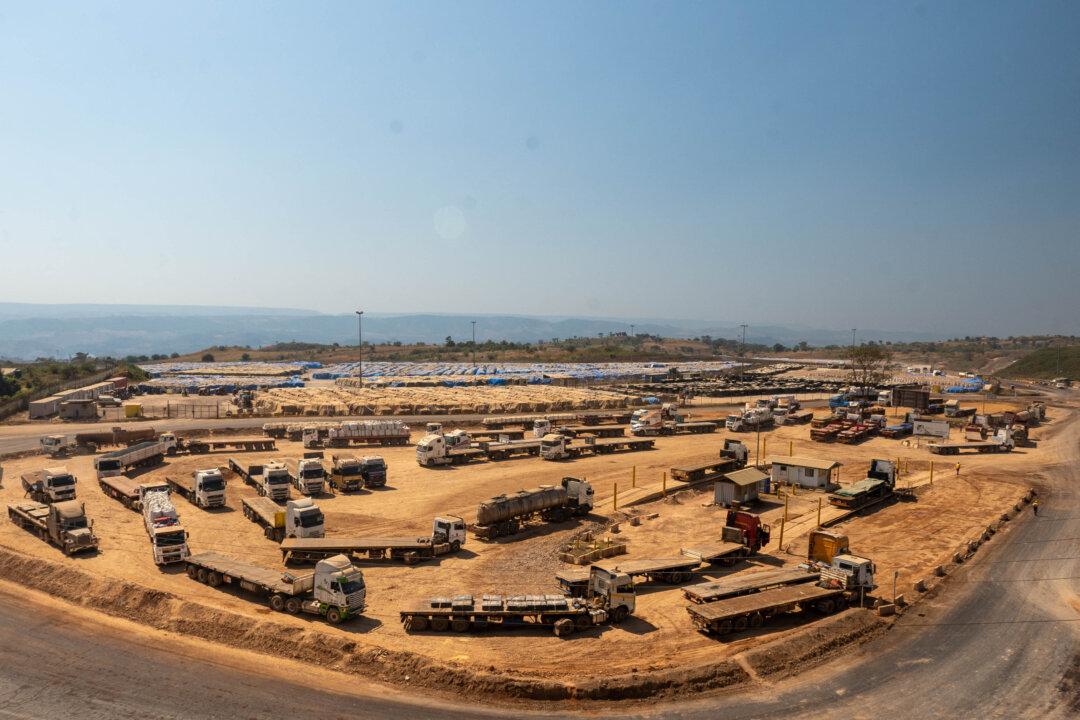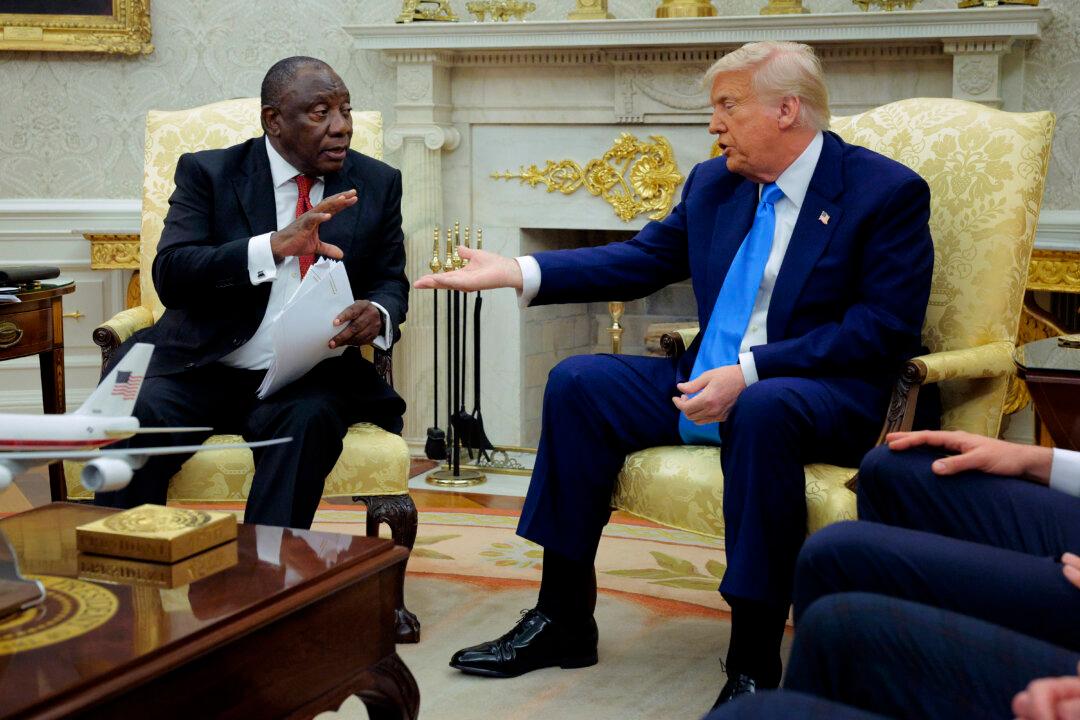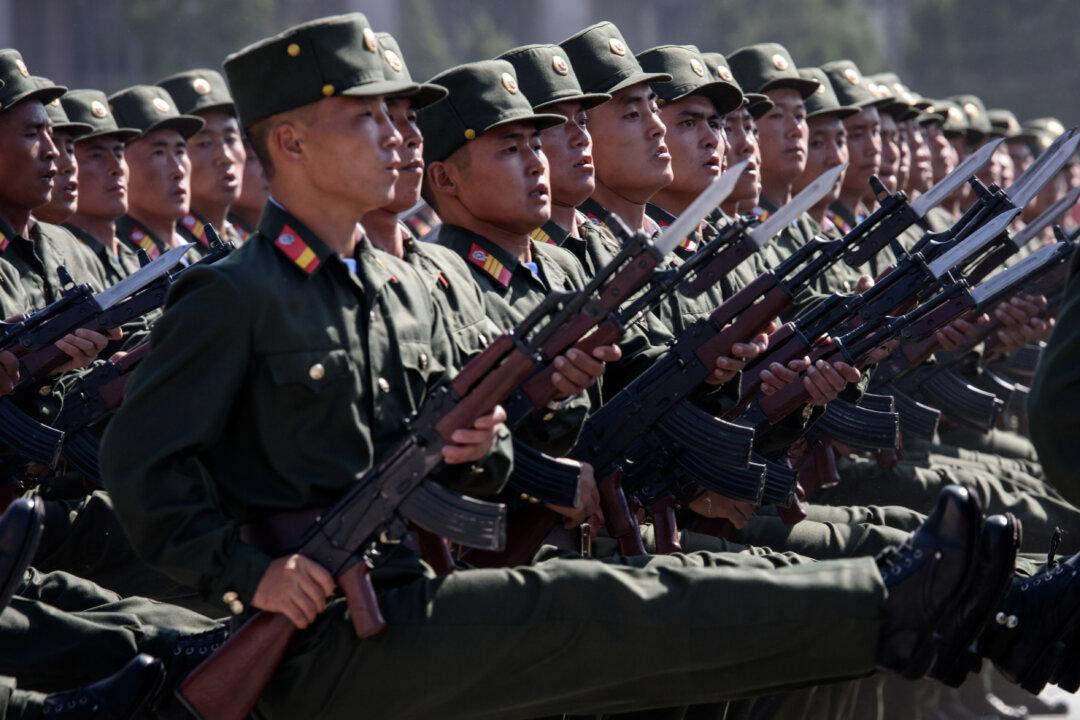In 2024, the U.S. government will fire the first salvo in its efforts to counter China’s influence in Africa when construction begins on the Lobito Corridor project, which is expected to loosen Beijing’s hold on some of the continent’s most important minerals.
The eventual 1,000-mile railway will span Angola, the Democratic Republic of Congo (DRC), and northwestern Zambia.





